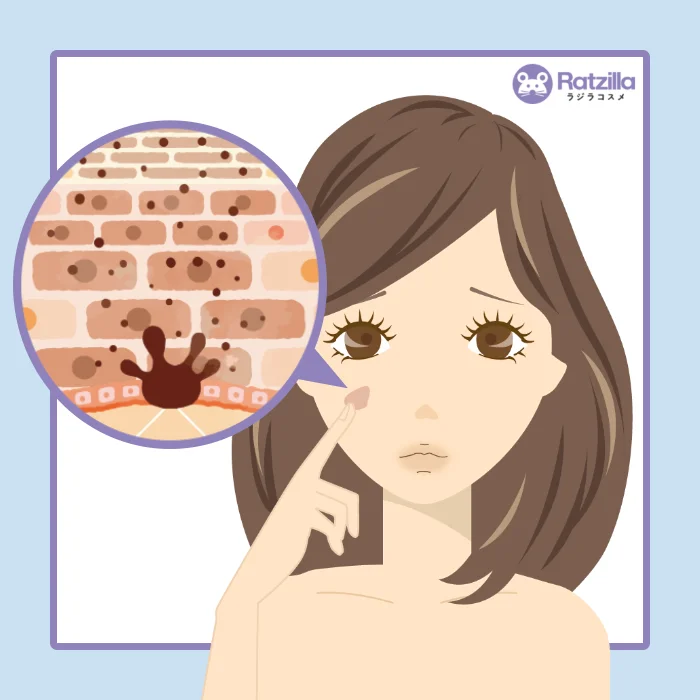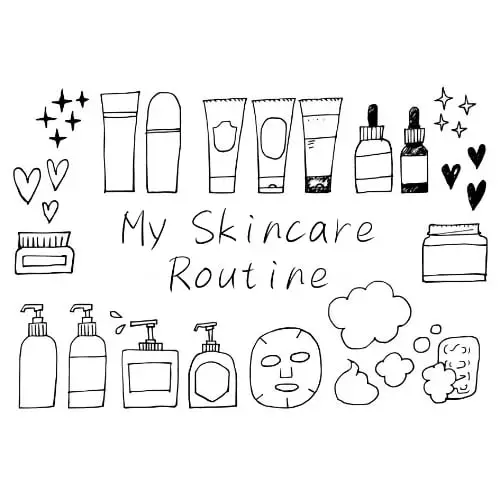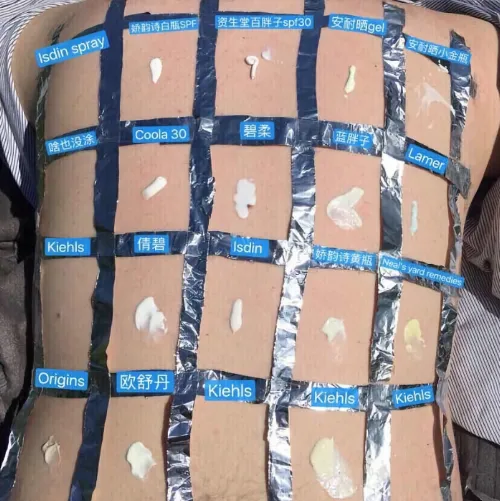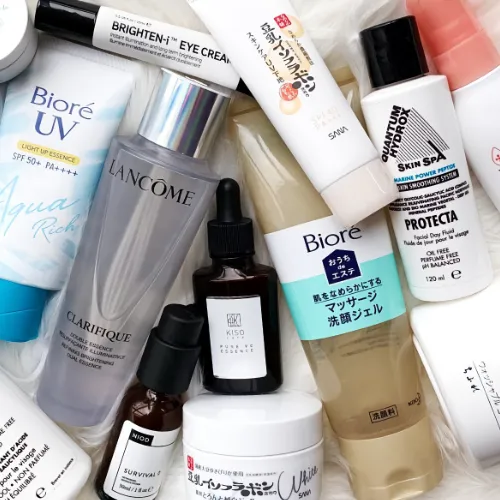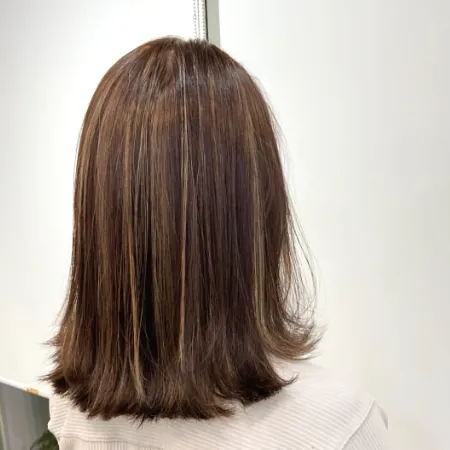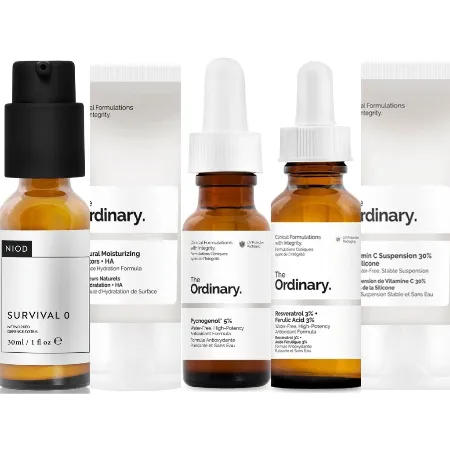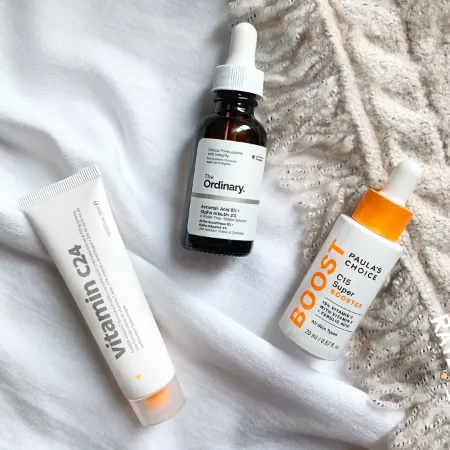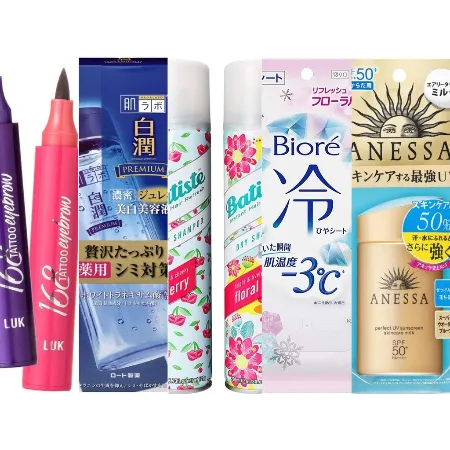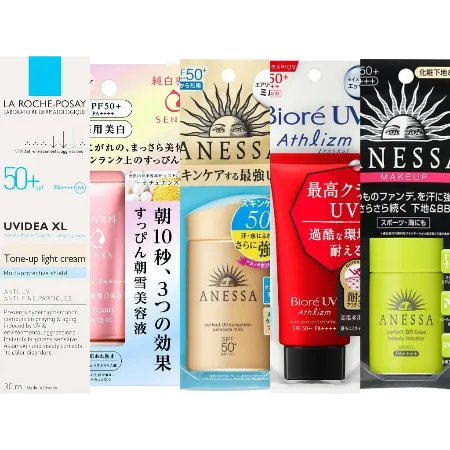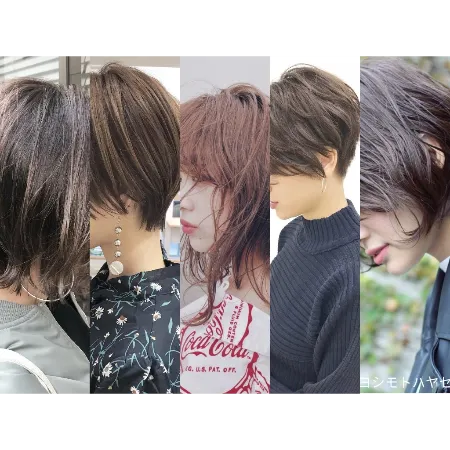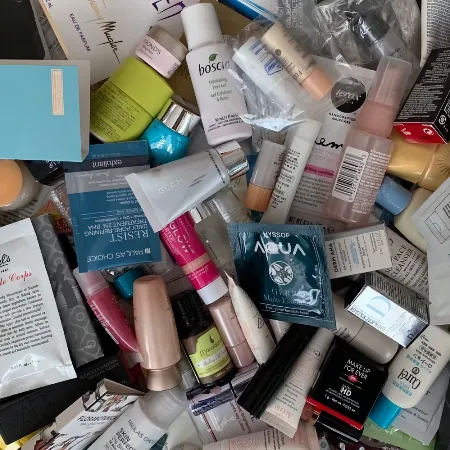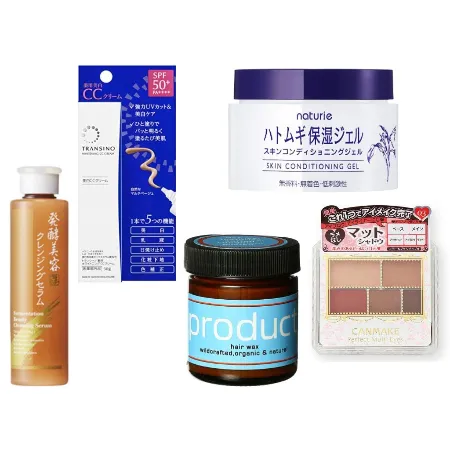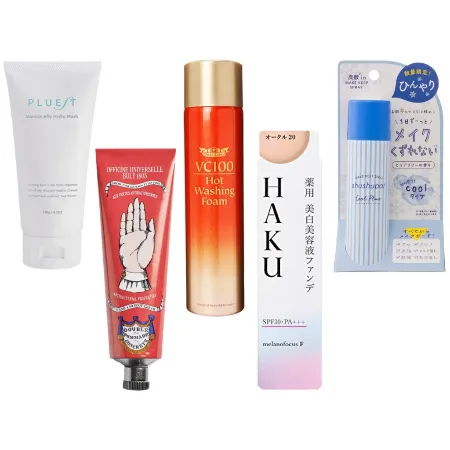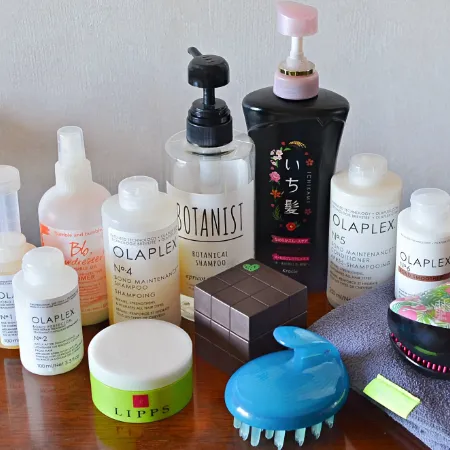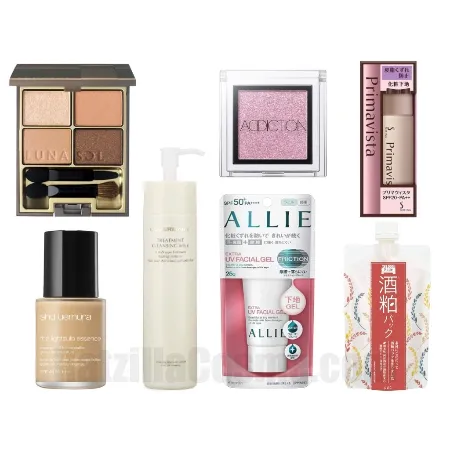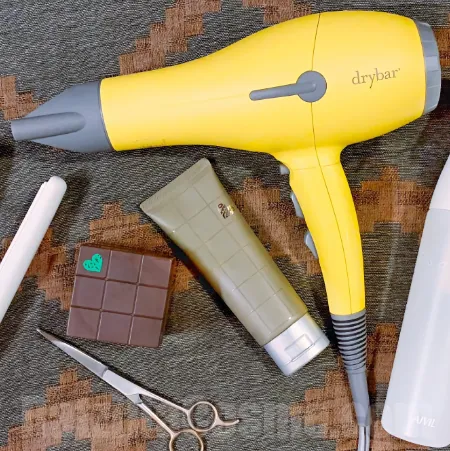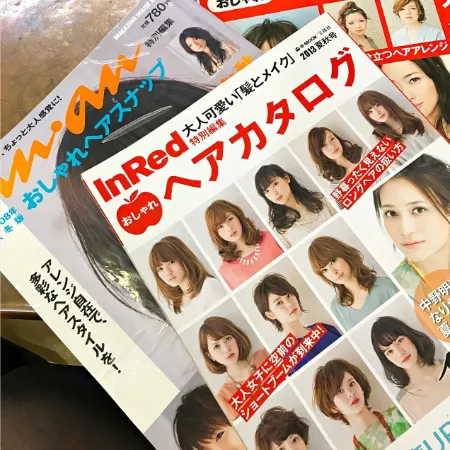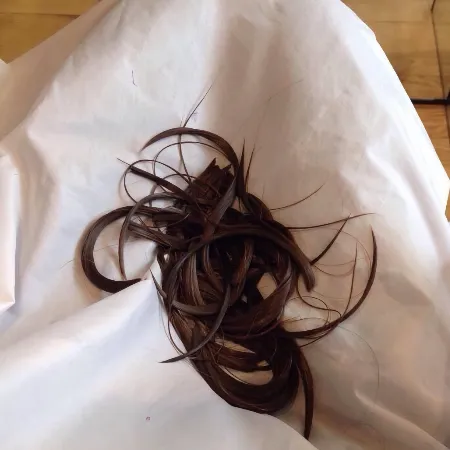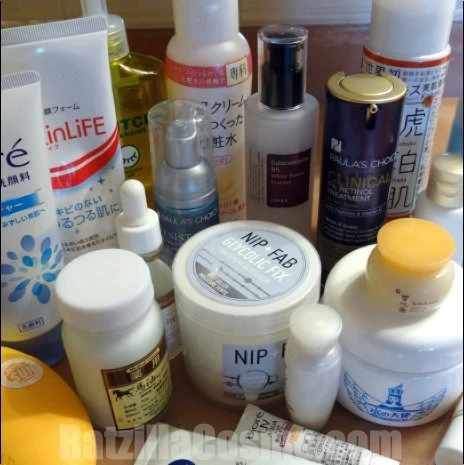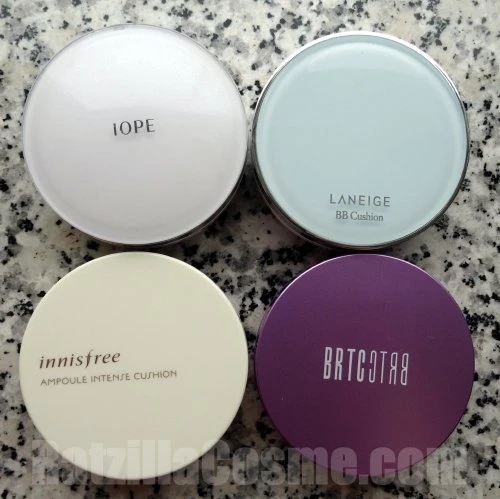Many readers and followers have been asking for my opinion surrounding third-party sunscreen testings. I’ve written about this very briefly in replies on Twitter and Instagram before but here’s my full-length blog post on it.
Third-party sunscreen testings have their place but I think they need to be closely examined with a sceptical mind to determine whether each claim has merit. Not disbelief but a rejection of judgment until sufficient evidence is examined.
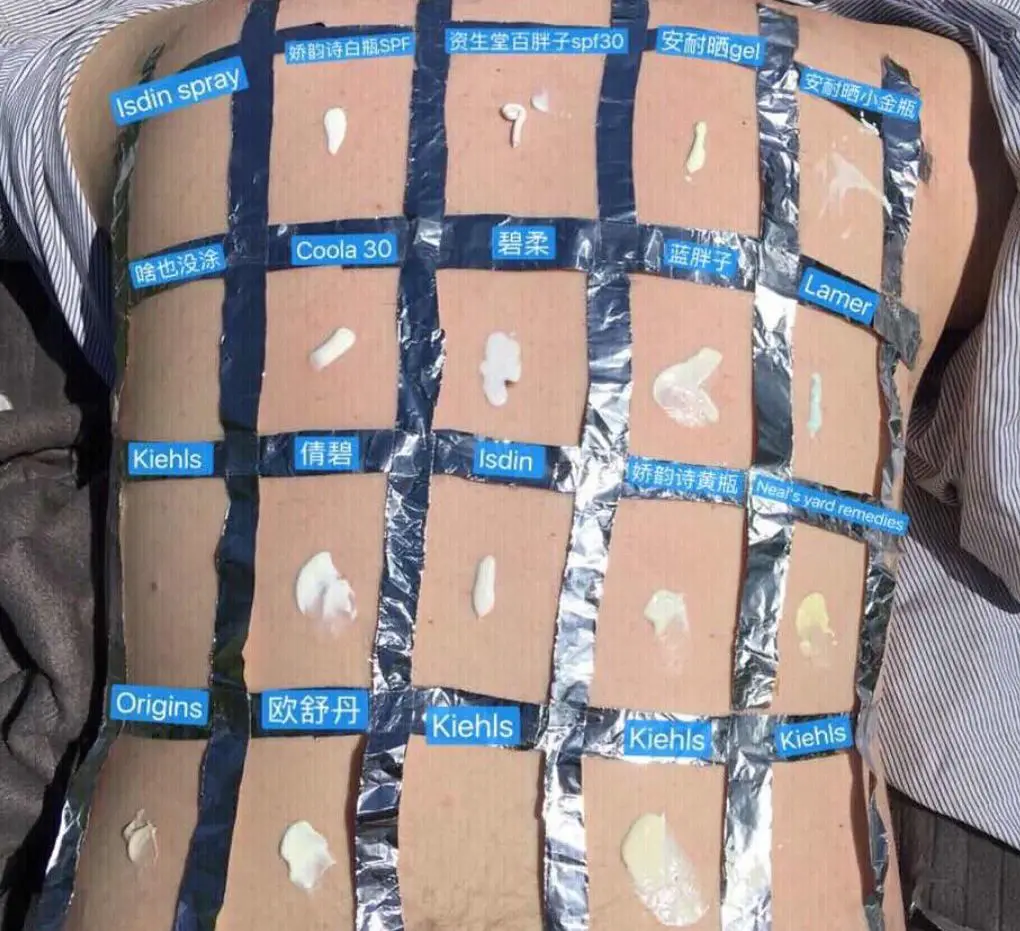
Different UV test methods will give vastly different results. Sunscreens are sometimes falsely accused of not meeting labelled claims due to flawed testing methodologies. For example, Japan requires in vivo ISO 24444 (SPF) & ISO 24442 (UVA) test methods for all products with sun protection. In other words, they’re tested on humans. Most third-party tests opt for in vitro tests, which are done on plates because they’re much cheaper and faster. According to many peer-reviewed studies, however, their results are unreliable due to a lack of repeatability and correlation between the in vitro and in vivo data. Test the same sunscreen 10 times, and you’ll get 10 vastly different results.
It’s also very common for major brands to have regional products and formulas. Shiseido sunscreens sold in the US, Europe, and Asia, for example, all contain different ingredients (resulting in different UV protection) but have the same packaging, and near-identical product names. I often come across Chinese third-party online testing (and subsequently failing) sunscreens that are clearly made in China for the local Chinese market but will still list Japan as the product’s country of origin.
Another thing to consider is just because a third party decided to take it upon themselves to test sunscreens, doesn’t mean they’re automatically more trustworthy or reliable.
Consumer Reports test sunscreens in the US but their evaluations are completely based on their own made-up methodology which for SPF testing involves applying sunscreens to backs and then soak in a tub of water before exposing the areas to UV light. This is not how SPF testing is done. It could be argued that CR is simply replicating what could happen in real life (e.g. swimming) but skewing a testing procedure — especially an established one — to achieve a specific test result is terrible science.
There has been a huge push in China in recent years to grow and expand its cosmetic industry. Creating a cloud of mistrust surrounding existing popular brands while proclaiming the Chinese government has the strictest standards when it comes to sunscreens may encourage their own citizens to try Chinese brands (and dissuade people from buying products from countries with economic or political conflict).
Insuk Ahn from the Korea Institute of Dermatological Sciences seems reliable, but she is clearly working with Korean brands regarding all her tests and findings because the country has a lot at stake on a global scale. (The South Korean government is well-known to play a big role in supporting the major players in the cosmetic industry because it helps with the country’s soft power.) Taking South Korea’s very strict defamation law and her position (and experience) in the industry into account, I find it very difficult to believe that she’s impartial or completely truthful.
Issues like how the third party obtained the sunscreen sample and how was it stored come into question as well. I find the sunscreen choices in a few third-party tests I came across peculiar since numerous products shown have been discontinued or repackaged for a couple of years already. Mixing fresh and very old testing samples will obviously skew results.
Which sunscreen is “best” or “most protective” is quite a personal thing — your skin type, how your skin reacts to UV, where you live, your climate, and your activities all come into play. A sunscreen’s overall formula (and how it feels on the skin) matters just as much as the UVA/UVB rating. It’s a moot point whether sunscreen has superior UV protection or not if it’s heavy, greasy, or unpleasant. The best sunscreen is the one that you’ll actually use correctly and generously daily — whatever that may be.



